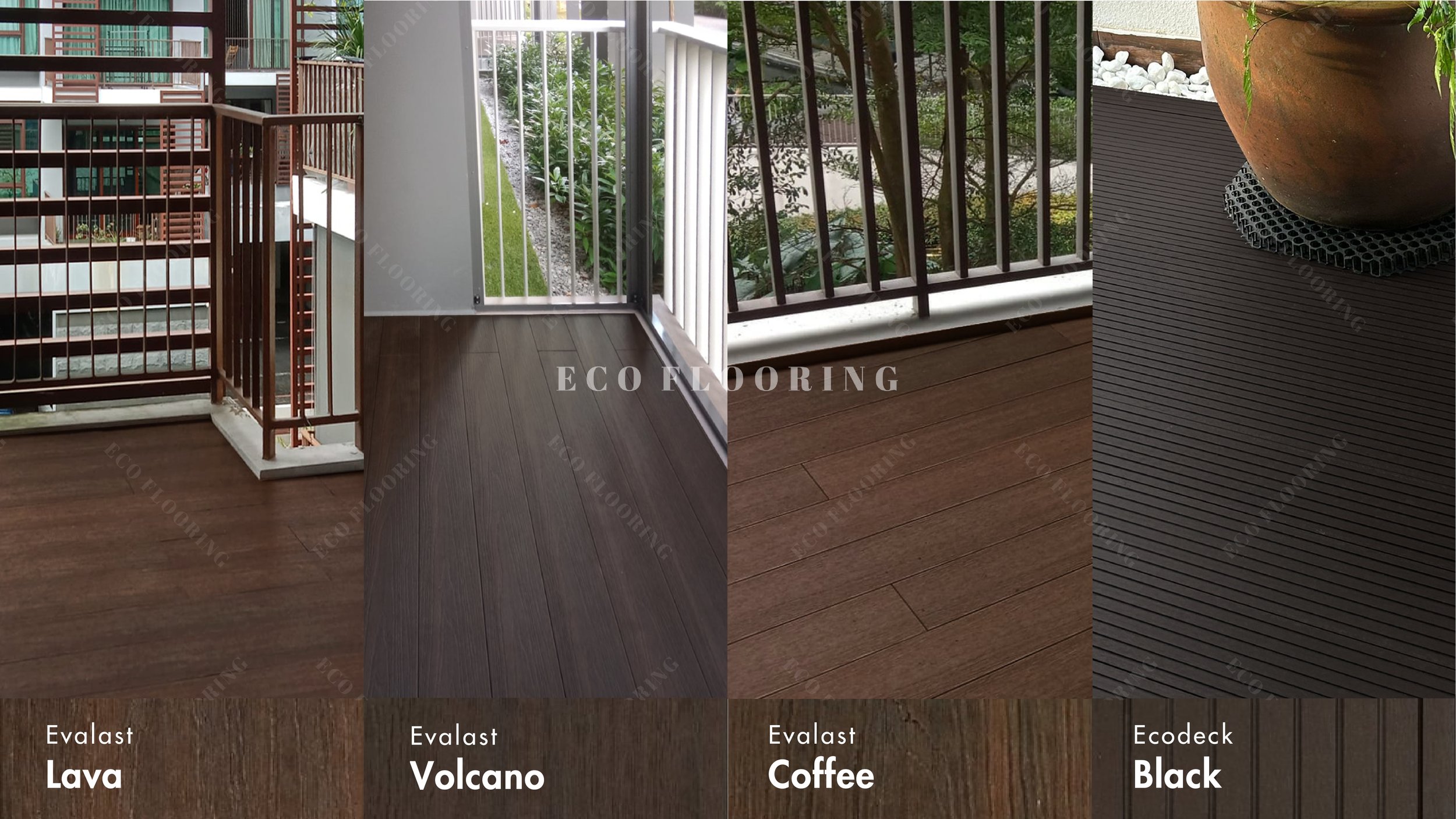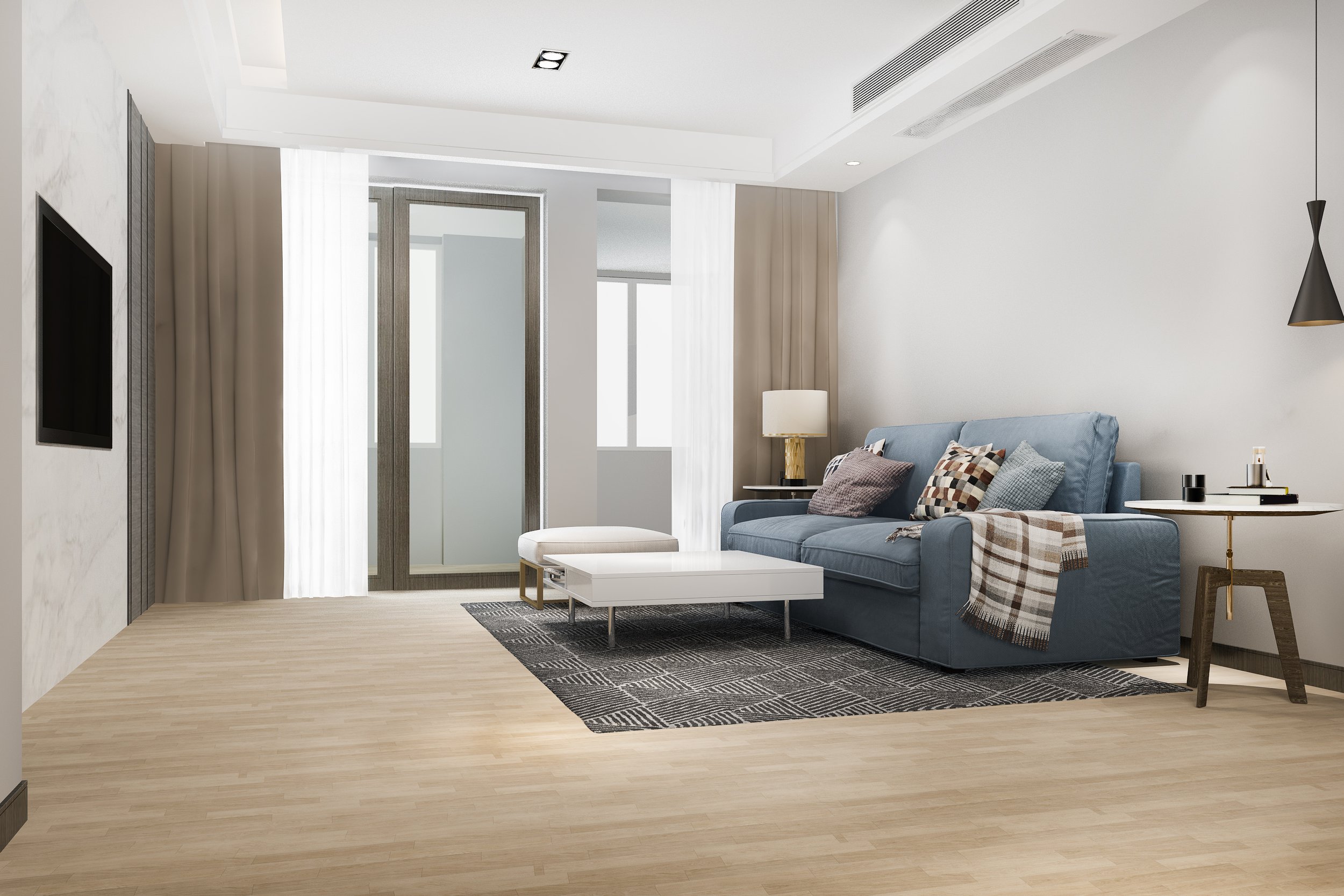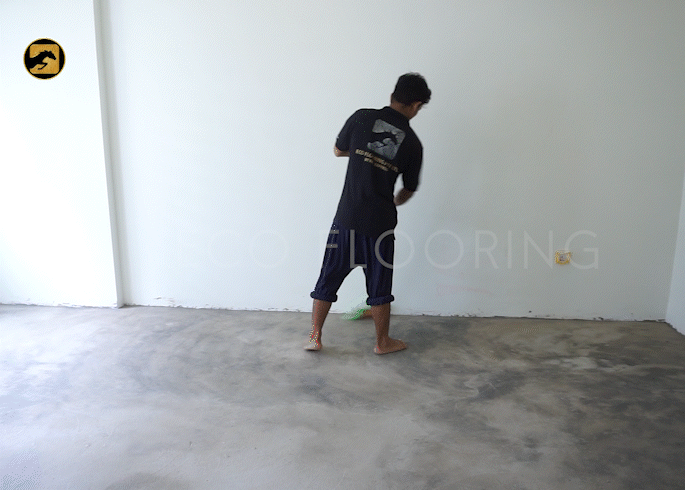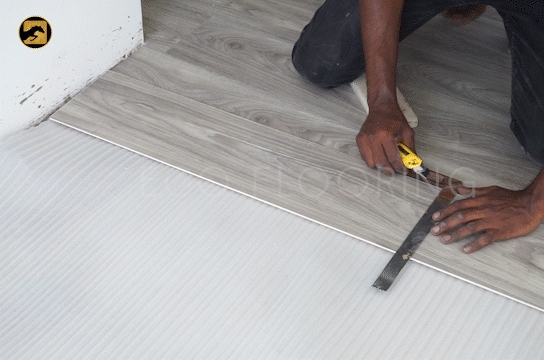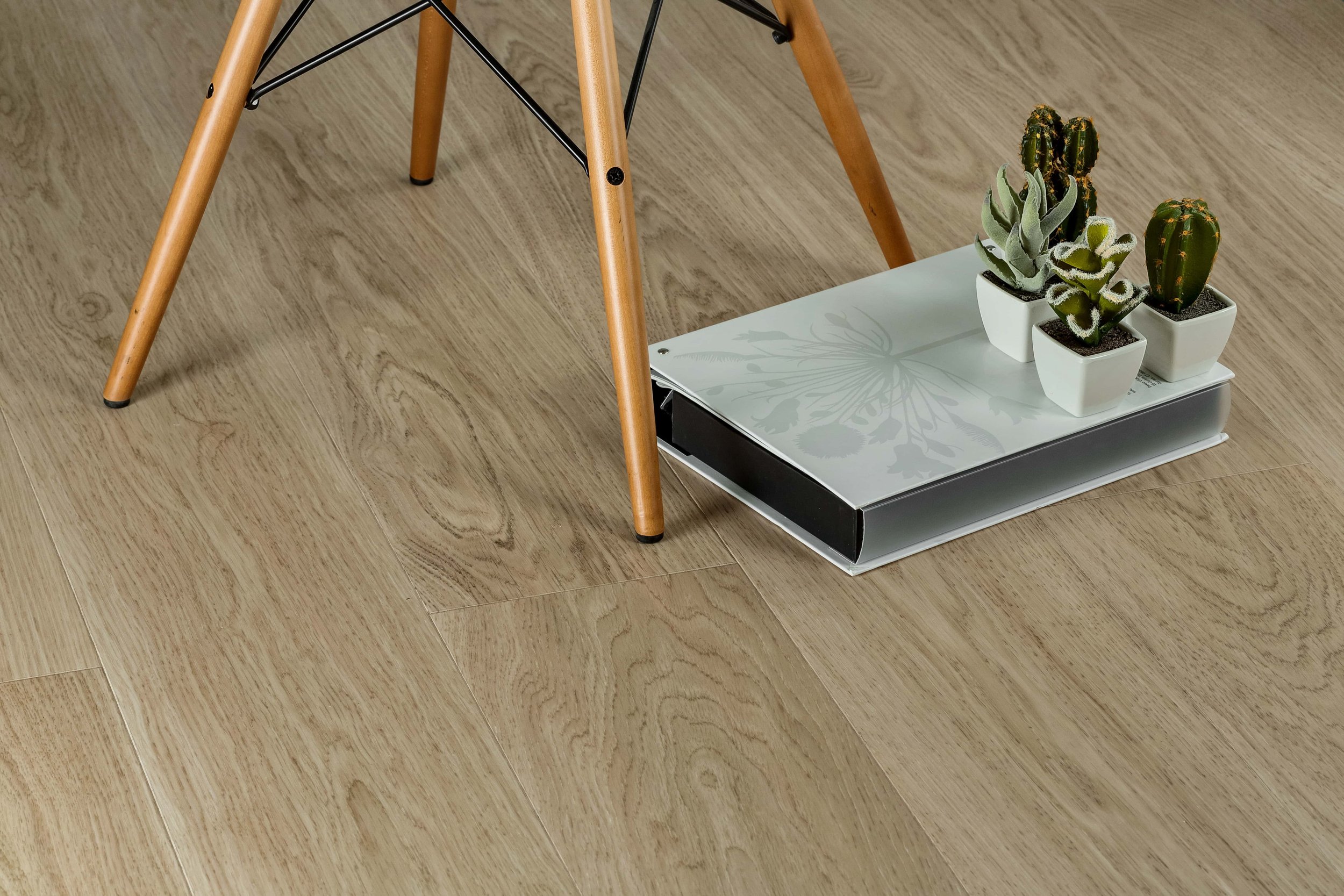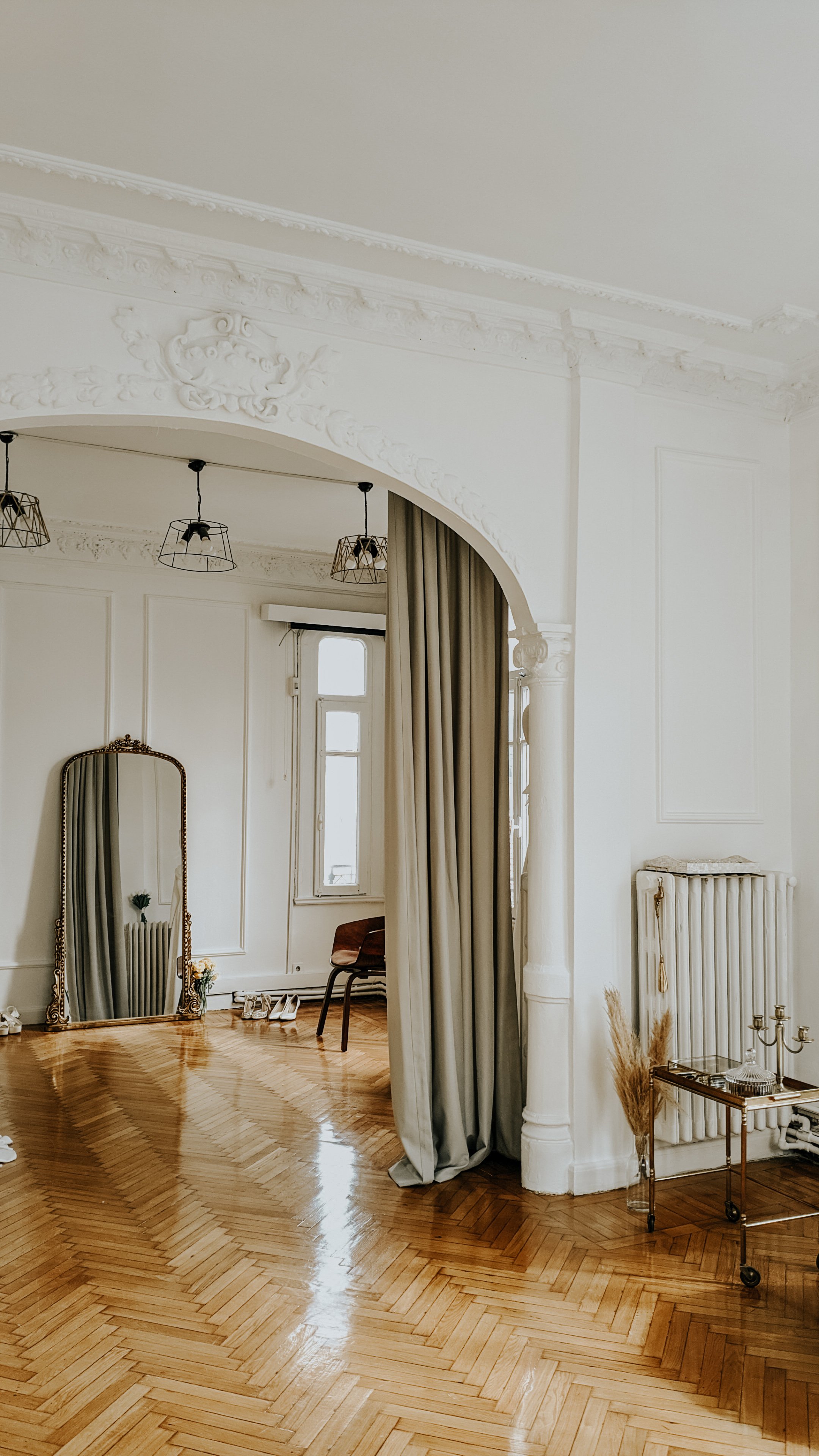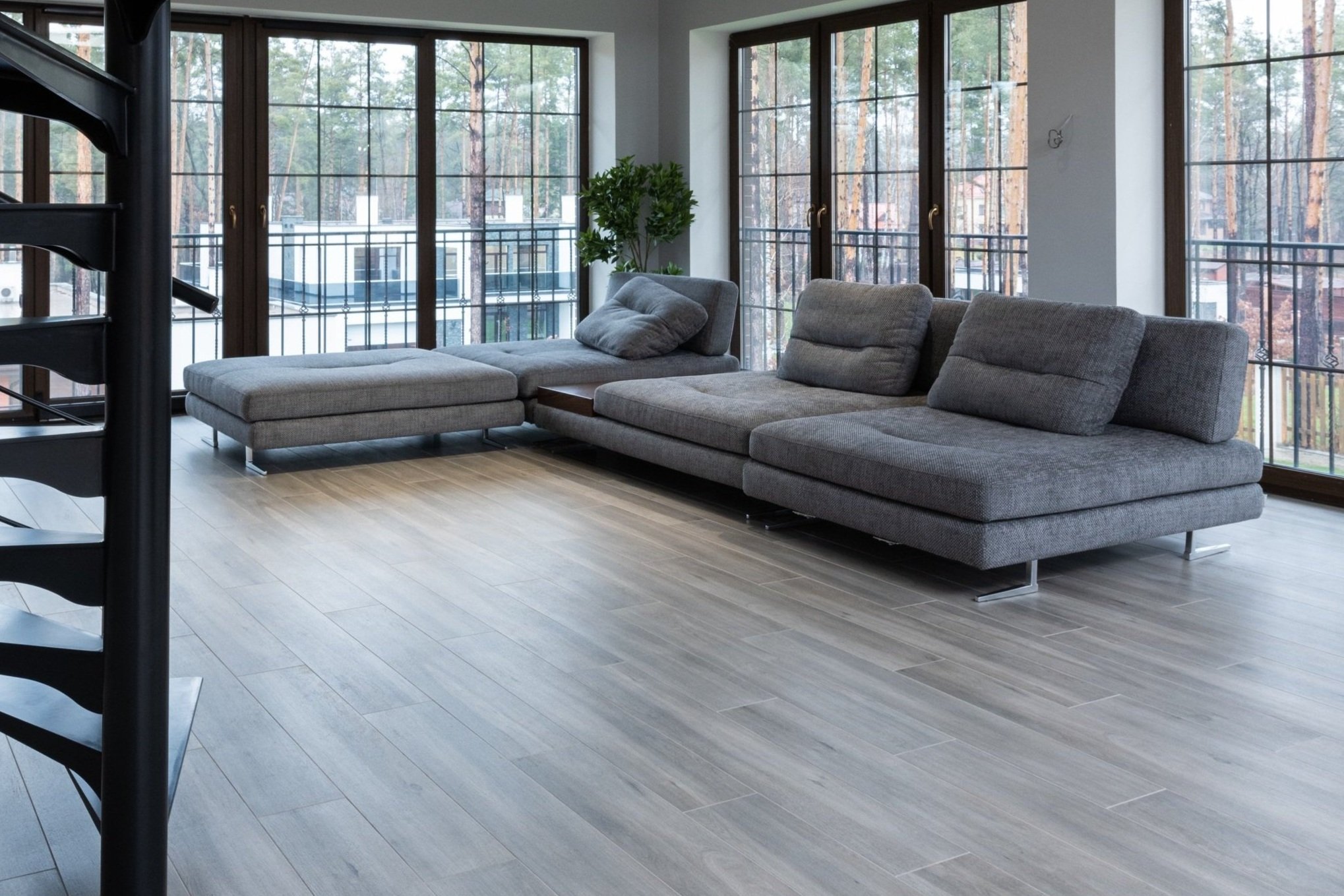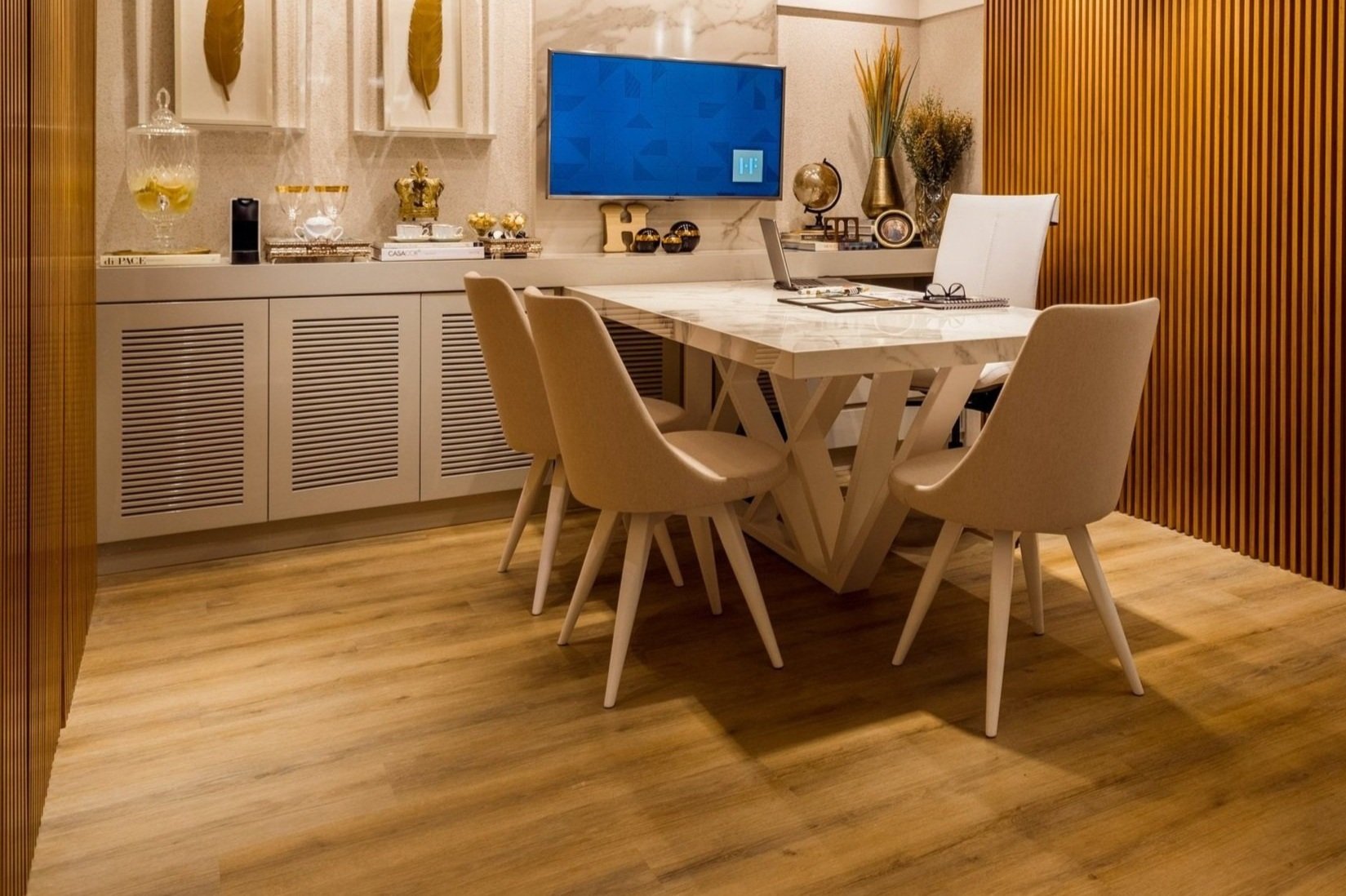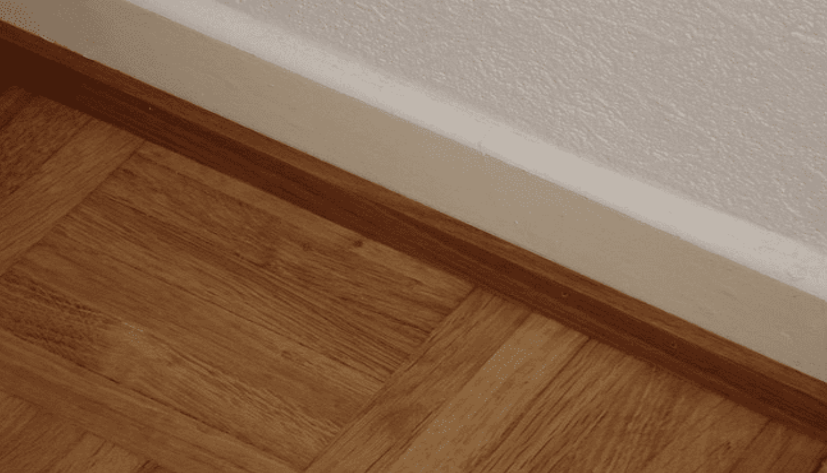Similar but Different
The vinyl versus linoleum floorings comparison yields similarities and differences. Vinyl and linoleum floorings typically come in plank or sheet forms with 48 to 60 inches in length and about 6 to 8 inches wide. Both floorings have glue-down and click-lock planks or peel-and-stick sheets as installation types. They are durable and resilient for various applications across high-traffic homes, work and public spaces. Due to their similarity in appearance and properties, people sometimes use the names interchangeably. Nevertheless, there are noteworthy differences between vinyl and linoleum to learn, compare, and determine which option is more suitable.
Materials Composition
Synthetic materials, namely polyvinyl chloride (PVC) resins, limestones and hardwood fibres, are the main components of vinyl. Vinyl flooring goes through a higher complex process because of its multi-layered structure - bottom, core, decor, wear and finish layers. Due to its polyurethane protective surface layer, vinyl flooring generally does not need a sealant, but it has a lower lifespan of up to about 25 years. As years go by, the protective layer will gradually wear off. Hence, you may need to reseal to improve its shine and anti-slip. Generally, vinyl flooring has a higher resistance against water, scratch, light and shock exposure due to its higher engineered composition.
Conversely, raw and recycled materials, namely limestones, linseed oils, wood barks, wood flour, and pine resins, constitute the main components of linoleum. Due to its higher composition of biodegradable materials, linoleum is an eco-friendly and sustainable choice. Although it is relatively resistant to water, linoleum is more porous and thus more vulnerable to moisture permeating. Linoleum needs sealing upon installation and resealing every two years in commercial settings and every three to ten years in residential areas. It has a higher make-up of recyclable and biodegradable raw materials with a typical application lifespan of up to 40 years. Hence, linoleum is more eco-friendly and sustainable but more vulnerable to damage in areas with high moisture and light exposure.
Manufacturing Processes
Vinyl flooring's manufacturing process involves bonding PVC or vinyl acetate (PVA) resins or binders with mineral fillers and colour pigments onto resilient wood fibre cores to produce vinyl boards. Add thermal stabilising agents through a heated tunnel pressing helps to prevent the degradation of PVC and PVA plastics during manufacturing and in applications. Flush inks using rotogravure printing to form a printed film layer of hardwood or ceramic motifs and apply on top of vinyl boards. Alternatively, adding coloured chips with embossed textures and clear coatings can form three-dimensional effects of marble or stone. Subsequently, apply a crystal wear layer and a final layer of polyurethane with ceramic beads protective coating before cutting into planks.
Linoleum flooring's manufacturing process involves the natural oxidation of linseed oil at high heat in industrial cylindrical kettles. Next, add natural resins, wood bark and other fillers to oxidised layers. Then, press them into sheets, apply them to jute boards or limestone-saturated canvases, and heat further for weeks to harden for strength and resilience. Modern manufacturing incorporates inlaying different linoleum cut pieces on backing materials to form decorative hardwood or marble motifs. Alternatively, apply granulated coloured materials through stencils onto backing materials and pressing onto sheets to produce marble or stone aesthetic effects before cutting into planks.
Style and Shades
Both floorings can realistically replicate hardwood, marble and stone styles and shades. Vinyl flooring’s visual appeal to hardwood and stone styles is from its printed film layer, commonly printed with a rotary press. Hence, vinyl can provide more intricate shades and patterns with realistic effects of various natural materials. However, the drawback is that once the above wear and protective layers over the decor layer start to diminish, its shades become vulnerable to fading too.
Contrarily, linoleum flooring has colours that seep beyond printed surfaces, which allows for retaining its natural shades under the sealant layer. It has a colourfast quality that maintains original patterns and consistent shades dimensionally throughout its planks or sheets without much fading. However, the disadvantage is that it limits the design styles and shades. Overall, vinyl offers more designs from synthetic materials and printing versatility, while linoleum offers more organic appeal from a higher composition of natural materials.
















